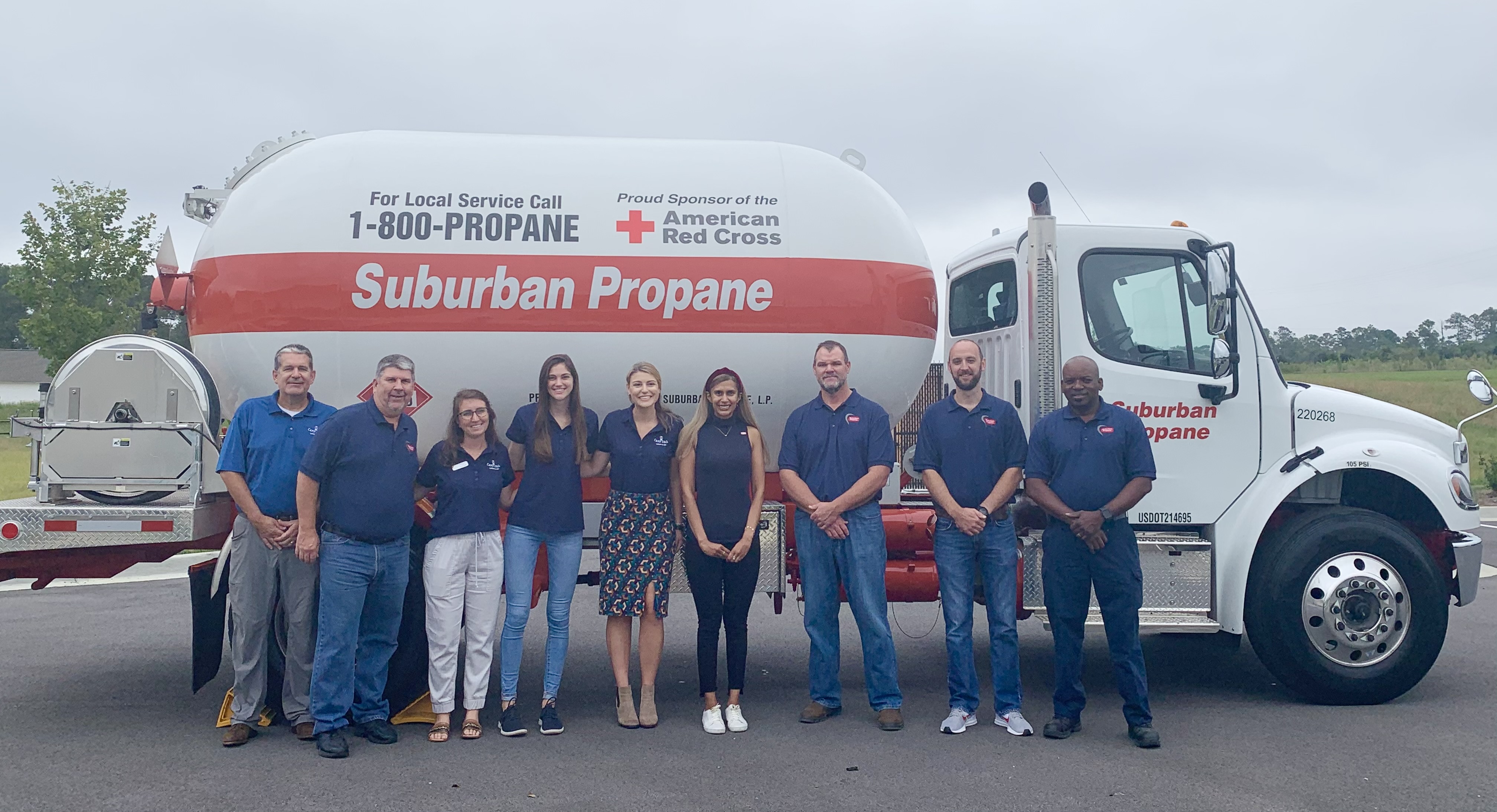The U.S. Energy Information Administration (EIA) expects that United States households will spend more money on heating costs this winter and consume more energy to keep homes warm. In its Winter Fuels Outlook, EIA forecasts an increase in average heating prices this winter for all regions of the United States and all heating fuels under a wide variety of weather conditions.

 WHIPPANY, N.J. (Oct. 7, 2021) — Suburban Propane Partners L.P. collaborated with Camp Cole, a Columbia, South Carolina-area camp retreat facility to provide a variety of adaptive sporting equipment.
WHIPPANY, N.J. (Oct. 7, 2021) — Suburban Propane Partners L.P. collaborated with Camp Cole, a Columbia, South Carolina-area camp retreat facility to provide a variety of adaptive sporting equipment. Dover, Del. (Oct. 12, 2021) — Chesapeake Utilities Corporation (Chesapeake Utilities) today announced that as part of the Board's ongoing succession planning, Lisa G.
Dover, Del. (Oct. 12, 2021) — Chesapeake Utilities Corporation (Chesapeake Utilities) today announced that as part of the Board's ongoing succession planning, Lisa G. Gas Equipment Company Inc. (GEC)
Gas Equipment Company Inc. (GEC)